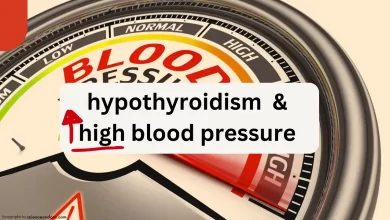Chromatography is a technique that separates and purifies sample components based on their physical or chemical properties. Depending on the type of chromatography, the sample is applied to either a stationary phase (such as a solid matrix or a thin layer) or a mobile phase (such as a liquid or a gas). The sample is then subjected to a gradient of another phase, causing the components to move at different rates. The components with a higher affinity for the stationary phase will move more slowly than those with a higher affinity for the mobile phase. The components can be separated and collected in fractions.
Chromatography can purify a sample by isolating the target component from the other components present. In affinity chromatography, the target component is bound to a complementary ligand immobilized on a chromatography matrix in a specific and reversible manner.
The objective is to isolate, concentrate, and stabilize the target product while preserving its potency and activity. However, chromatography may not achieve complete sample purification due to the presence of impurities that have similar properties to the target component and co-elute with it. Chromatography is frequently used in conjunction with other purification methods, such as precipitation, filtration, or electrophoresis, to achieve higher purity.
Reference:
Sample Preparation for Chromatographic Purification (sigmaaldrich.com)
Separation and purification – Chromatography, Adsorption, Retention | Britannica






